Remember those days when adults seemed to have an endless supply of rules? Growing up in the 50s and 60s meant living under a set of unwritten laws that somehow every parent, teacher, and neighborhood busybody knew by heart. These rules shaped our childhoods, teaching us lessons we’d eventually pass down to our own kids, even if we swore we never would.
1. Be Home When The Streetlights Come On
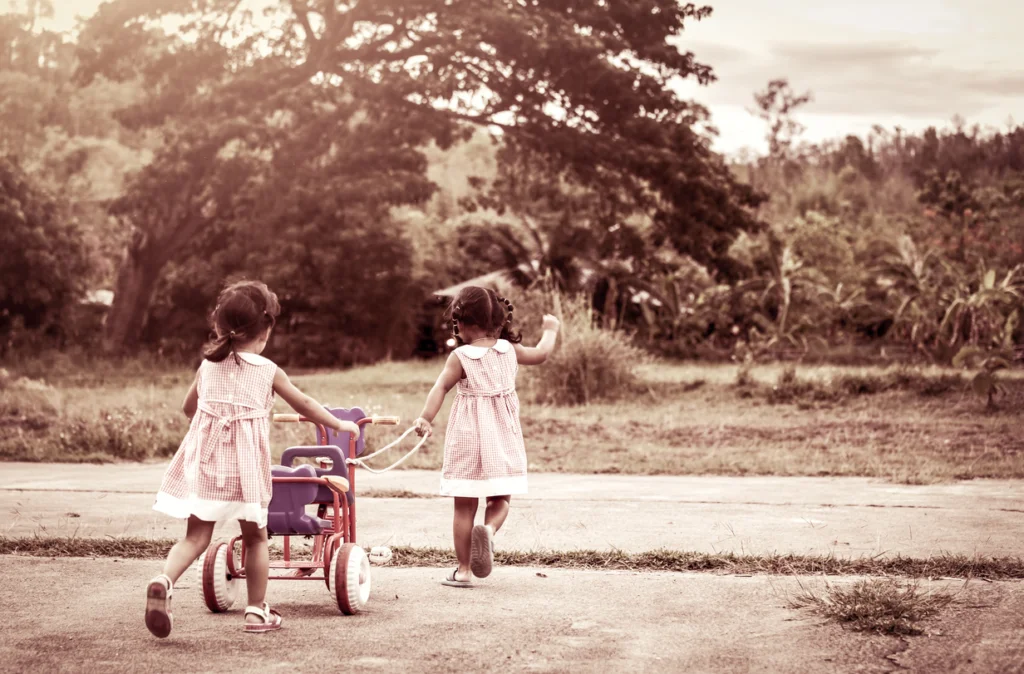
Nothing signaled the end of playtime more definitively than those streetlights flickering to life as dusk settled over the neighborhood. This universal timekeeper required no batteries, no winding, and absolutely no arguing—when they came on, your feet had better be racing toward your front door. Parents somehow believed that the moment darkness fell, mischief and danger multiplied exponentially, making this non-negotiable deadline the bane of summer evenings. Let Grow set a threshold of at least five hours as the benchmark for uninterrupted outdoor play that sparks nostalgia among those who used to disappear from the house for hours.
The worst part was how the timing changed with the seasons, giving you gloriously long evenings in summer but cruelly short play periods in winter. Many a childhood negotiation centered around “just five more minutes,” but the streetlight rule stood firm like a lighthouse beacon calling wayward children home. Those final frantic minutes of play as the lights began to flicker remain etched in our memories as bittersweet moments of childhood freedom’s boundaries.
2. Clean Your Plate—Children Are Starving Somewhere
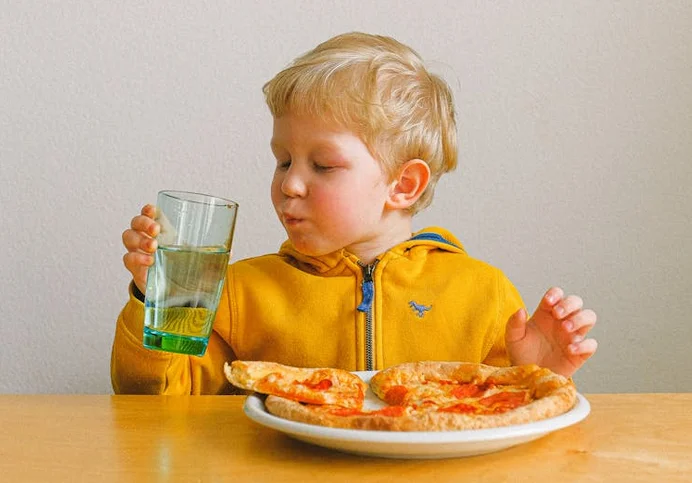
Every bite of liver, every spoonful of overcooked vegetables, and every serving of mystery casserole came with this guilt-inducing reminder of your incredible fortune. Parents who had lived through rationing or the Depression wielded this phrase like a weapon, transforming dinner into a moral obligation rather than a meal. The logic that your cleaned plate somehow helped hungry children halfway around the world made absolutely no sense, yet we rarely dared point this out. These days, Feedling Littles offers a slightly different perspective about how to handle food left on a plate and what to push children to eat, or not eat.
The clean plate club had lasting consequences, teaching an entire generation to ignore their body’s fullness signals in favor of empty dishes. Grandparents still beam with pride watching grandchildren polish off enormous portions, as if an empty plate represents some kind of moral victory over waste and want. Many of us still hear that voice in our heads decades later, even as we try to teach our own children and grandchildren healthier attitudes about listening to their bodies.
3. “Because I Said So” Is A Complete Explanation
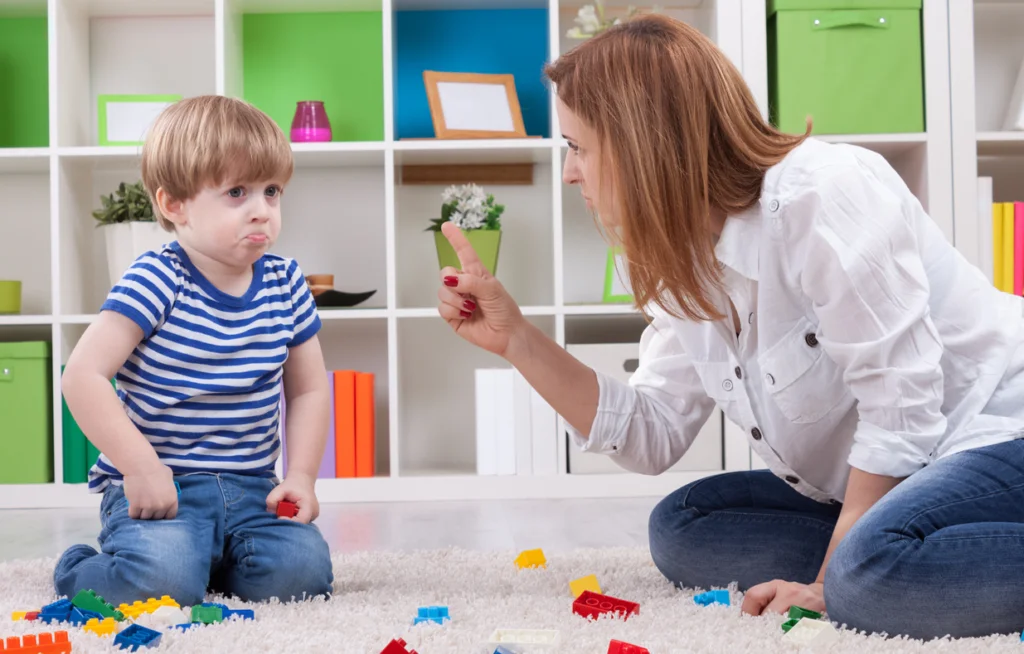
Nothing shut down childhood curiosity and budding logical arguments faster than these four decisive words. Parents delivered this conversation-ending proclamation with the finality of a judge’s gavel, requiring no further justification for bedtimes, chores, or arbitrary rules about running near the pool. This phrase transformed reasonable questions into acts of insubordination, teaching us that authority need not explain itself. Positive Parenting Solutions has a handful of alternative phrases if any moms and dads are looking to change things up.
Years later, many of us found these very words escaping our own lips, despite promises we’d always explain our reasoning to our children. The look of frustration on our children’s faces would suddenly mirror our own childhood expressions, creating a moment of uncomfortable recognition across generations. This cyclical phrase passes down through family trees like an heirloom, ready to be deployed when parental patience wears thin or explanations seem too complicated for young minds.
4. Children Should Be Seen And Not Heard
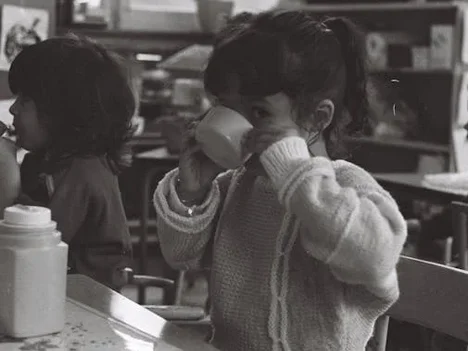
Social gatherings came with this implicit rule that relegated children to silent observers rather than active participants in adult conversation. Interrupting adults was considered the height of rudeness, earning swift correction and possibly banishment to another room where children could speak freely among themselves. Family dinners, holiday gatherings, and visits from important guests all triggered this invisible muzzle that trained children in the art of patient observation.
The upside was that children became excellent eavesdroppers, gathering family secrets and adult knowledge while seemingly absorbed in toys or books nearby. Many of us learned about family dramas, neighborhood scandals, and adult concerns while pretending not to listen at all. This rule created generations of children who could sit quietly for extended periods, a skill that today’s parents regard with something approaching mystical awe.
5. Money Doesn’t Grow On Trees

This botanical fact doubled as an economic lesson delivered whenever we requested new toys, trendy clothes, or an increase in our meager allowance. Parents would gesture toward imaginary money trees with exasperated sighs, explaining the mysterious concepts of budgets and priorities to disappointed young consumers. The phrase became shorthand for financial limitations, teaching delayed gratification in an era before credit cards normalized immediate purchasing.
The lesson stuck with many of us, creating a generation known for saving birthday money in piggy banks and understanding the value of a dollar. Some parents reinforced this concept with chores that paid pennies for substantial labor, ensuring we understood the connection between work and reward. This financial education, however frustrating at the time, equipped many of us with money management skills that would serve us well through economic ups and downs throughout our lives.
6. Go Play Outside Until Dinner

This parental directive sent children outdoors for hours of unsupervised adventure, exploration, and occasional danger. Mothers everywhere seemed determined to clear houses of energetic children, viewing fresh air as essential medicine for growing bodies and overtaxed maternal nerves. The command came with no suggestions for specific activities, destinations, or safety precautions—just a firm push toward the door and an expected return time.
This enforced outdoor time created neighborhood tribes that roamed freely, building forts, organizing games, and occasionally getting into mischief that rarely reached parental ears. We learned to navigate social hierarchies, resolve conflicts, and bandage minor wounds without adult intervention. These long afternoons of freedom fostered independence and creativity that today’s scheduled, supervised children might never experience in quite the same way.
7. Don’t Talk To Strangers
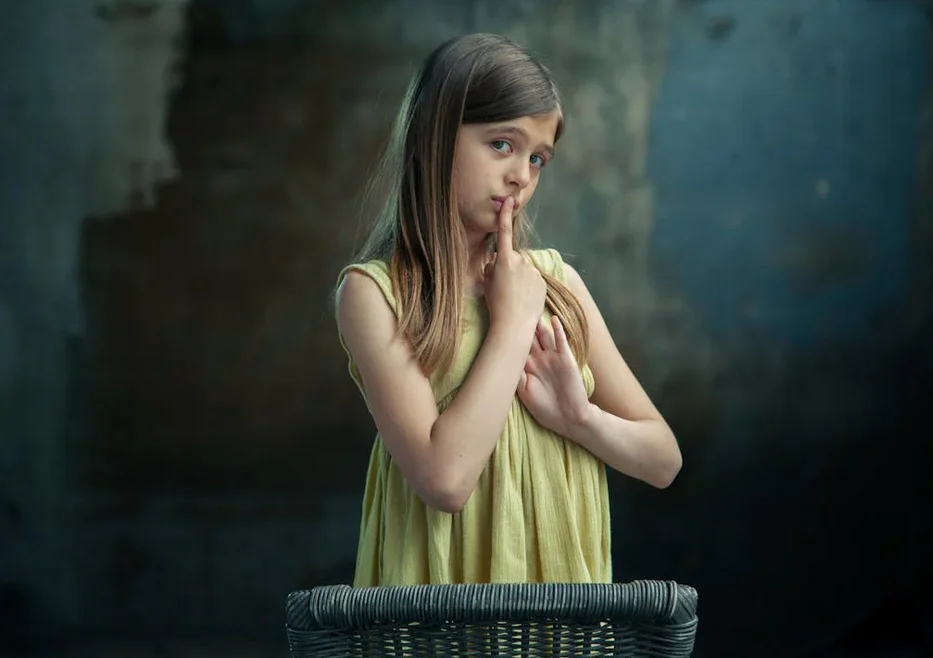
This safety rule instilled a healthy suspicion of unknown adults while simultaneously contradicting other expectations about being polite and respectful to grown-ups. Parents warned about mysterious strangers offering candy or asking for help finding lost puppies, creating a childhood bogeyman that kept us close to home and wary of unexpected conversations. The definition of “stranger” remained conveniently fluid, allowing parents to introduce new adults as acceptable authority figures despite previous warnings.
This rule created complications when we needed help but couldn’t determine who qualified as safe to approach. Many of us navigated childhood with a complex mental flowchart about which adults could be trusted under which circumstances. The tension between stranger danger and basic courtesy created socially awkward children who mumbled greetings to new adults while maintaining a safe distance, ready to flee at the first offer of candy or puppies.
8. “If Your Friend Jumped Off A Bridge, Would You?”

This question followed every childhood appeal to popular consensus, transforming peer influence into a hypothetical bridge-jumping scenario. Parents deployed this rhetorical device to counter arguments beginning with “but everyone else is doing it,” teaching children that popularity did not equal wisdom. The bridge scenario escalated peer pressure to life-or-death stakes, making sleepovers and movie permissions seem insignificant by comparison.
No child ever had a satisfactory answer to this philosophical question, which was precisely the point. The bridge argument shut down negotiations about permissions, curfews, and privileges with a dramatic scenario that no child could reasonably defend. Many of us carried this hypothetical bridge into adulthood, mentally testing our decisions against this parental wisdom whenever peer pressure threatens our better judgment.
9. Sit Up Straight—Don’t Slouch

Posture ranked surprisingly high among parental concerns, with constant reminders to straighten spines and pull shoulders back. Grandmothers warned that temporary comfort would lead to permanent hunching, while mothers suggested that slouching reflected poorly on their parenting skills. Dinner tables became posture bootcamps where children balanced books on heads and received gentle pokes between shoulder blades as physical reminders to maintain military-grade alignment.
The concern extended beyond aesthetics to character, with good posture somehow indicating moral rectitude and personal discipline. Teachers reinforced these standards in classrooms, creating generations of children who associated proper sitting with virtue and respect. Many of us still instinctively straighten when entering formal situations, hearing those childhood admonishments echo across decades whenever we catch ourselves slouching.
10. Don’t Make Me Turn This Car Around

Family road trips included this ultimate parental threat, promising vacation cancellation for backseat squabbles and boundary-testing behaviors. The warning transformed ordinary cars into potential instruments of discipline, with fathers gripping steering wheels a bit tighter and mothers twisting around for meaningful glares at misbehaving passengers. Children quickly learned that confined spaces amplified parental frustration, making automobiles dangerous places for sibling rivalries or repeated questions about arrival times.
The miracle of this threat was its effectiveness despite rarely being executed—few parents actually abandoned vacation plans over backseat bickering. This hollow warning nonetheless created temporary peace as children calculated the real risks of continued misbehavior against the promised consequences. The phrase became so embedded in family culture that many of us now repeat it to our own backseat passengers, perpetuating the tradition of empty threats on family road trips.
11. Finish Your Homework Before Television
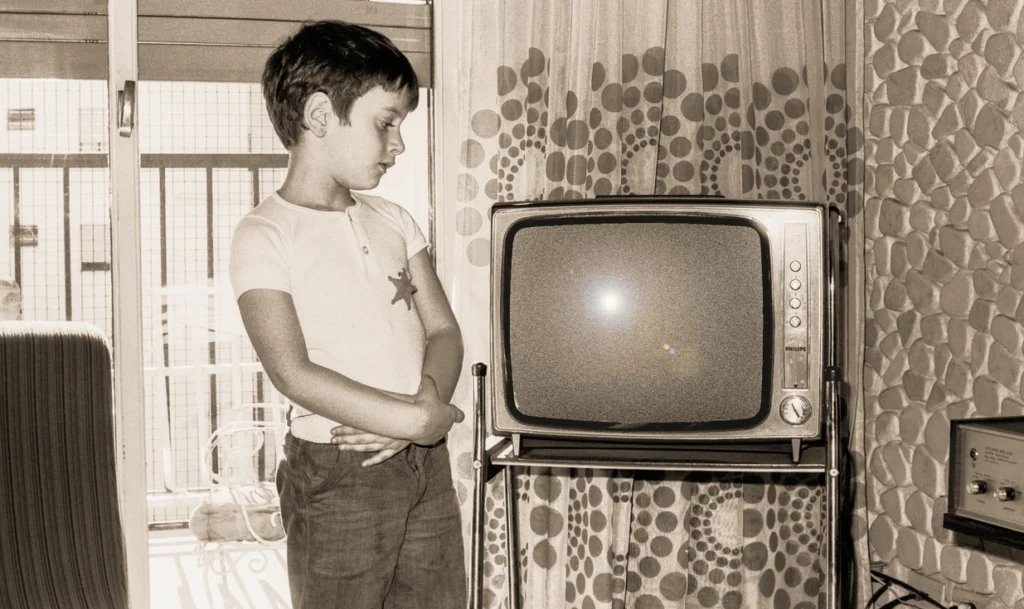
This rule established a clear hierarchy of childhood responsibilities, with education taking precedence over entertainment. Parents enforced this sequence with religious fervor, checking homework completion before allowing access to limited evening programming. The rule created a natural consequence system where procrastination directly impacted leisure time, teaching time management through the powerful motivator of favorite shows.
Television’s scheduling inflexibility added urgency to homework completion in an era before recording devices and streaming services. Missing “The Andy Griffith Show” or “Leave It to Beaver” because of unfinished multiplication tables created powerful incentives for academic efficiency. Many of us internalized this prioritization, carrying work-before-pleasure values into adulthood and imposing similar systems on our own children, even in an age of on-demand entertainment.
12. Respect Your Elders No Matter What

This rule granted automatic authority to anyone with gray hair, creating a societal understanding that age deserved deference regardless of individual merit. Children addressed adults as “Sir” and “Ma’am,” offered seats on buses, and tolerated cheek-pinching from relatives without complaint. This respect extended beyond family to teachers, neighbors, and even strangers, creating intergenerational boundaries that few children dared to cross.
The expectation of respect applied even when adults behaved poorly, teaching children to tolerate cranky shopkeepers, strict librarians, and occasionally inappropriate relatives without question. This unilateral respect system rarely acknowledged children’s feelings or boundaries, prioritizing adult comfort over childhood autonomy. The rule nonetheless instilled certain social graces that many of us still practice, rising automatically when older people enter rooms or offering assistance without being asked.
13. Don’t Talk With Your Mouth Full

Mealtime etiquette ranked high among childhood rules, with speaking while chewing considered among the gravest of social sins. Parents corrected this behavior with alarming consistency, transforming dinner tables into training grounds for future adults who could navigate formal dining situations. The rule taught patience and planning, requiring children to complete thoughts, take bites, and time conversations in a coordinated dance of consumption and communication.
This seemingly simple rule carried deeper implications about self-control and consideration for others who might not appreciate visual access to partially chewed pot roast. Children learned to prioritize others’ comfort over immediate expression, a social skill that extended beyond dining rooms. The automatic pause between thought and expression created more thoughtful conversationalists who could consider responses while chewing, perhaps explaining why family meals seemed to include more meaningful discussions than today’s rushed eating experiences.
Whether these rules made sense or not, they shaped us in ways we’re still discovering. Today’s children might face different regulations involving screen time and social media, but the essence remains the same—childhood rules are the invisible architecture of adulthood. Next time you automatically straighten your posture or feel compelled to clean your plate, remember you’re experiencing the echo of those childhood commandments that, for better or worse, made you who you are today.


